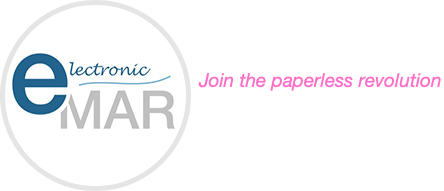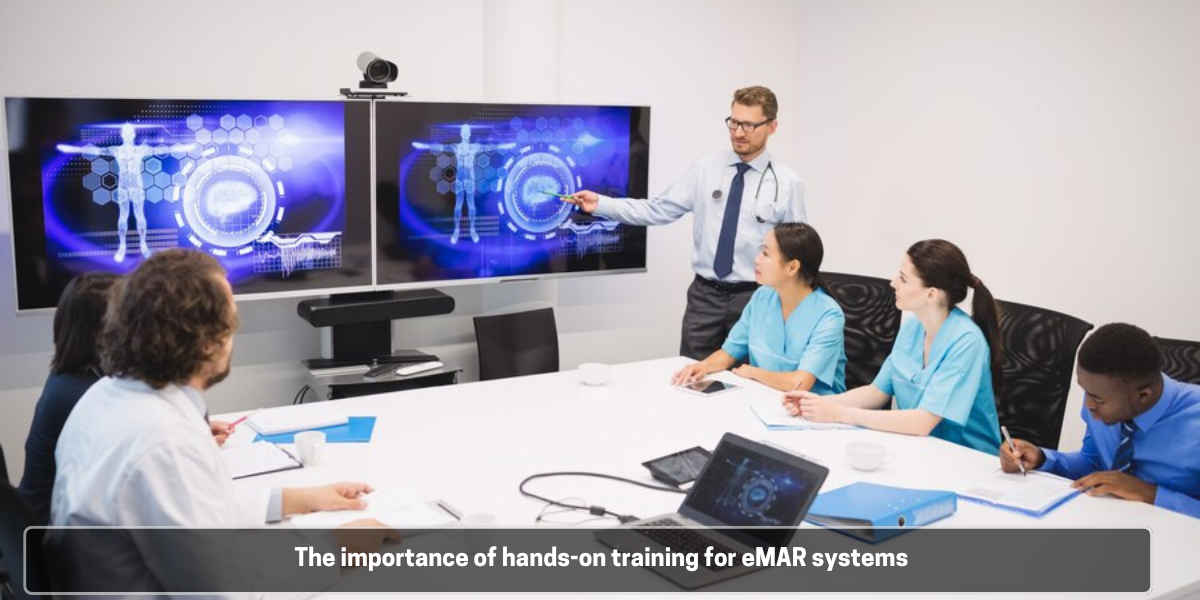Electronic medication administration records (eMAR) help healthcare professionals manage medication administration and make the processes more efficient and safer. However, to fully benefit from eMAR systems, healthcare professionals need comprehensive training that goes beyond theory. Hands-on training is a crucial component for mastering eMAR systems, as it helps bridge the gap between theoretical knowledge and real-world application. Here, we explore why hands-on training is vital for the successful use of eMAR systems in healthcare settings.
Bridging the knowledge gap: Many healthcare workers have been using traditional methods for managing medication for years, which often means paper records or basic computer systems. Moving to an eMAR system is a big change, and it requires a different way of thinking and working. Hands-on training can help bridge this gap between the old and new ways of doing things.
Building confidence and competence: Confidence is key when using new technology, especially in healthcare, where mistakes can have serious consequences. If healthcare professionals don’t feel confident using an eMAR system, they might make mistakes, or they might be hesitant to use the system at all. Hands-on training is a great way to build both competence and confidence. By practising directly with the system, staff get used to it, which helps them feel more comfortable. They can also troubleshoot common issues during the training, ask questions, and get immediate feedback from the trainer. This practical approach ensures that users build up their skills gradually.
Reducing medication errors: One of the main aims of eMAR systems is to reduce the number of medication administration errors that can occur. These systems are designed with safety features such as double-checks and alerts to prevent mistakes. However, these features only work if the people using the system understand how to use them properly. Hands-on training is crucial for ensuring that healthcare professionals know how to use these safety features effectively. It also helps them recognise potential problems, such as similar-looking drug names or incorrect dosages, so they can avoid these mistakes when they’re working.
Customisation and real-world application: Every healthcare facility is unique, with its own processes and needs. This means that an eMAR system might work slightly differently in each place. Hands-on training can be customised to reflect the specific needs of the healthcare facility, making it more relevant and useful for the staff involved. Real-world scenarios can be simulated during training to make sure that healthcare professionals are prepared for the kinds of situations they’ll face every day. This kind of tailored training helps make the transition to using eMAR systems much smoother.
The goal of using eMAR systems is to improve patient care. When healthcare professionals are well-trained in how to use these systems, they’re able to work more efficiently, make fewer mistakes, and spend more time focusing on patients rather than paperwork. Hands-on training helps ensure that staff can use eMAR systems effectively from day one, which means they can deliver the best possible care to their patients. When healthcare workers understand the system well, they can respond more quickly to alerts, adjust treatments as needed, and keep patients safer.







